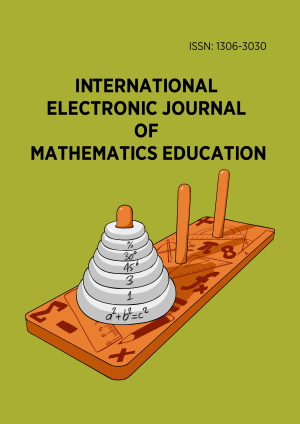Abstract
Existing research have found that students’ creation and evaluation of mathematical proofs was inconsistent across content areas. Investigation into an explanation of the phenomena requires an analysis of students’ thinking processes when they conduct an evaluation of mathematical arguments. This study is conceptualized to contribute to this investigation. The analysis investigated the aspects and features of arguments that impacted students’ evaluation of the arguments. Eight 8th grade students participated in the interviews where they were asked to explain their rationale in evaluating arguments that justify conjectures from multiple strands of school mathematics. Interview data was coded using the Classification of Mathematical Argument (CMA) framework to identify the aspects and features of arguments that impacted students’ evaluation of the arguments. A detailed analysis of each subject’s interview response documented the complexity of each individual’s rationale and offered descriptions of the various differences among individuals. Despite such individual differences, the study also revealed a common theme among the subjects in their reasoning, i.e. the accepted statements in an argument, instead of its mode of presentation or mode of argumentation, had the largest impact on the subjects’ evaluation of an argument.
License
This is an open access article distributed under the Creative Commons Attribution License which permits unrestricted use, distribution, and reproduction in any medium, provided the original work is properly cited.
Article Type: Research Article
INT ELECT J MATH ED, 2016, Volume 11, Issue 7, 2373-2401
Publication date: 03 Sep 2016
Article Views: 3017
Article Downloads: 2216
Open Access References How to cite this article
 Full Text (PDF)
Full Text (PDF)